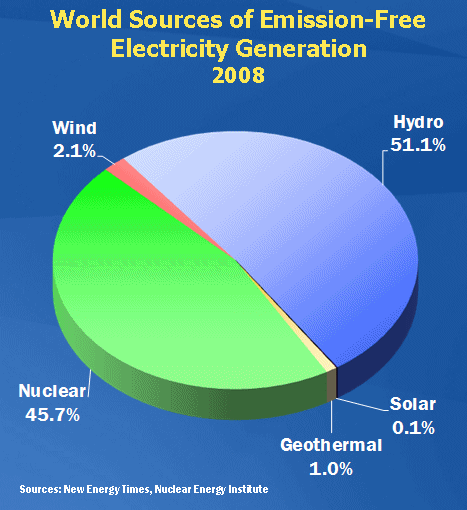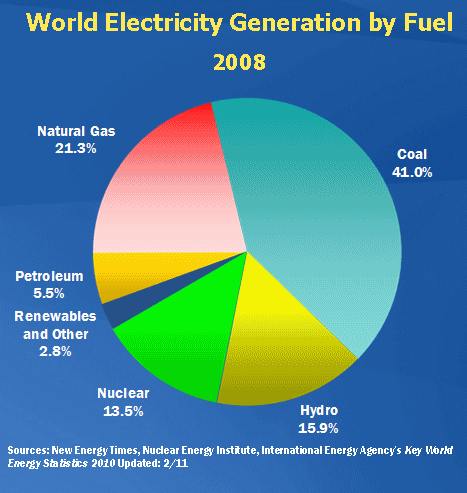Japan Nuclear Incidents: Worst-Case Scenario or Engineering Success?
Several people have asked me about the worst-case scenario from the Japanese nuclear power plant incidents.
Many news reports referred to the incidents, initially caused by a 10-meter-high tsunami, as failures or accidents. I don’t know whether these labels are accurate.
It will be days, weeks or even months before we have clear analyses of the success or failure of the engineering plans for these 40-year-old plants. Certainly, if the designers planned for a tsunami of this magnitude, then engineering or operations failures have occurred.
Did the designers plan for this contingency? Probably not. Based on the contingencies they considered, they compared the costs versus the risks of their engineering choices. Civil engineers and land use planners had to use a similar decisionmaking process. Despite their best efforts, more than 10,000 people have died.
So what is the worst-case scenario? Nobody knows. Our points of reference are the Three Mile Island and Chernobyl incidents.
At Three Mile Island, no one died.
Chernobyl, on the other hand, was a disaster waiting to happen, and the design and operations failures that occurred there are well-understood. No operating nuclear reactor in the world is vulnerable to the technical and operational failures that were responsible for the Chernobyl disaster.
One possible worst-case scenario from the Japanese nuclear incidents is that misinformed fearmongers will take advantage of the public’s lack of understanding and fear of nuclear technology. Misguided policymakers could interfere with a highly reliable, dependable energy technology that provides 45.7 percent of the world’s emission-free electricity.



